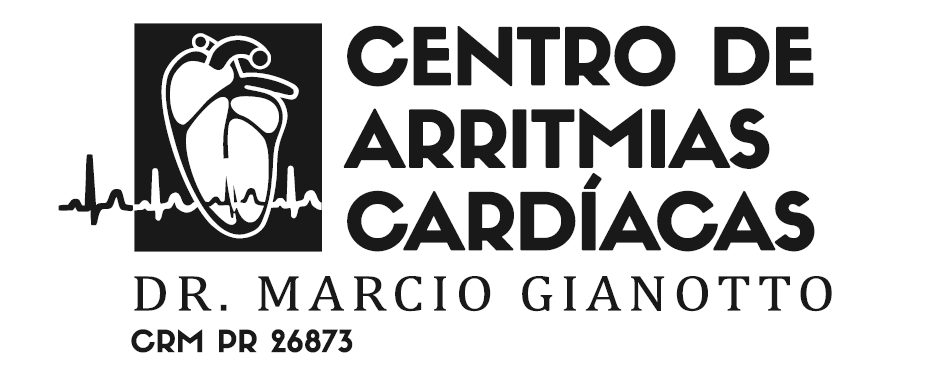CRMPR 26873 EQR's: 18399, 811 and 19314.:
Cardiology
Clinical Arrhythmia
Electrophysiology
Do you live far away and would like a medical opinion?
Participate in our second medical opinion program.
It's simple, fast and safe.
What is it?
The tilt-test is a diagnostic test used to identify the cause of symptoms such as dizziness and fainting, using the monitoring of the client's blood pressure and heart rate in a horizontal position and after tilting the bed at 70 degrees for a period of time. predetermined.
Who is the exam suitable for?
- Patients with recurrent fainting in the absence of structural heart disease.
- Isolated episode of syncope in patients who carry out risky activities (e.g. construction workers and professional drivers).
- Differentiate syncope associated with tonic-clonic movements from epilepsy.
- Assessment of unexplained falls.
- Assessment of patients with frequent syncope associated with psychiatric disorders.
How is done?
- The patient stands on a special table, in an inclined position of 70 degrees.
- Your heart rate and blood pressure will be monitored in this position.
- The doctor will ask if everything is ok and if the patient has felt dizzy, palpitations or any symptoms that he considers important.
- The patient will remain in this position for approximately 40 minutes.
- After standing for a long time, the doctor may choose to use specific medications to make the heart beat faster, as if the patient were exercising.
Guidelines for exam day:
- Come fasting for at least 6 hours.
- Bring a spare change of clothes.
- It is necessary to come with a companion who can remain at the arrhythmia center throughout the exam period.
- On the day of the procedure, do not exercise or drink alcoholic beverages or energy drinks that contain caffeine.
- Bring the name and dose of the medications you are taking.
- The patient should not drive immediately after the exam.









